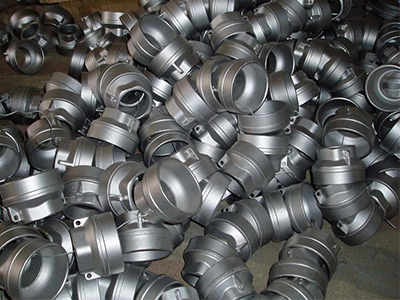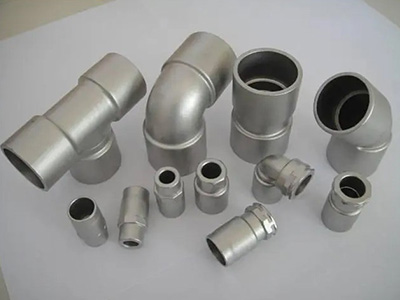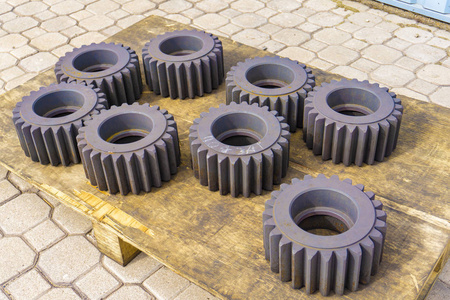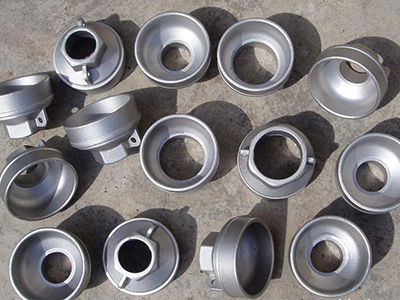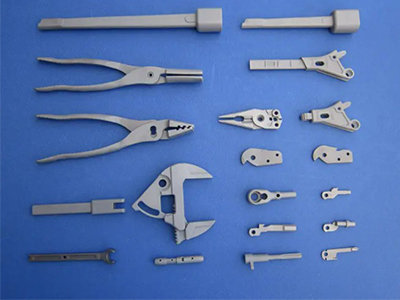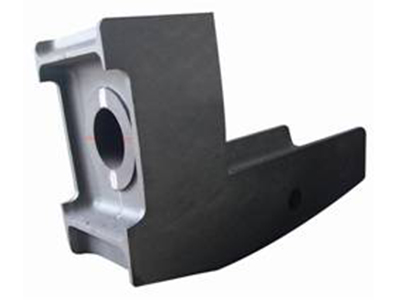- Manufacturers generally choose which cast steel process
- Scope and method of clean up of precision casting
- The difference between Ductile Iron Castings and Gray Iron Castings
- Testing method of large Steel Castings in quality Inspection
- Defects of Sand Mold casting
- Why should the quality of steel casting pay attention to good molds
- Advantages and disadvantages of sand casting in steel casting production
- Causes of the formation of two stress of machine tool casting
- Application of Heat Treatment Gear Castings
- What are the problems in the stainless steel precision casting project?
- Call : +86 13390692151
- sale@kfqizhongji.com
-
Room 1, No. 21, Chaoying East Road, Zhoushi,
Kunshan City, Jiangsu Province, China
Temperature control of stainless steel precision casting
Stainless steel precision casting parts to a certain extent, can be useful to ensure that the melt in the injection has good fluidity, stainless steel precision casting temperature selection should be useful according to the injection distance, and the injection process to determine the cooling and flow factors. Stainless steel precision casting parts because of its small transition belt size, good mechanical properties when used, can be satisfied to a certain extent with its fluidity and does not constitute bright crystal, the general temperature is 715~740℃. Stainless steel precision casting flat ingot hot crack tendency is high, stainless steel precision casting temperature is relatively low, generally in 680~735℃.
The crack tendency of stainless steel precision casting round ingots is relatively low, which can be useful to ensure that the alloy has good exhaust filling ability to a certain extent, the order of creating it is close to the conditions, and the casting temperature is generally on the high side. The casting temperature of ingots with diameter above 350mm is generally 730 ℃ to 750 ℃. Steel castings need to pay special attention to the elimination of internal stress in the process of re-heat treatment, so as to avoid cracking, which has poor thermal conductivity and messy structure. Therefore, special attention should be paid to the following points when carrying out hot processing:
Steel casting is large in volume and heavy in tonnage, and it is easy to cause large temperature difference between the surface and the inside during heat treatment. Therefore, it is necessary to pay attention to the speed of heating and cooling when heat treatment is carried out again, so as to reduce the temperature difference of steel casting, so as to reduce the stress. When loading the furnace,the shaft shall be placed on the appropriate height of the iron pad,which shall be placed to protect the furnace gas from excellent circulation and prevent casting deformation. For important large castings, a draft furnace loading sketch should be made, indicating the technical requirements, and the position diagram should be drawn when indicating the external thermocouple. After heat treatment, the shaft steel must be treated by welding, correction, machining and so on. Extensive cutting is not allowed after heat treatment.
